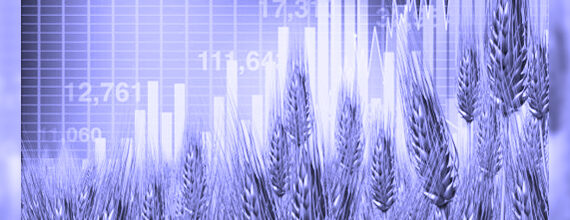If you’re interested in investing, you’ve probably heard of commodities trading. In this article, we’ll give you a comprehensive overview of commodities trading and explain why it’s a popular investment option.
What are Commodities?
Commodities are raw materials or primary agricultural products that can be bought and sold. Examples include gold, oil, wheat, and coffee. These products are traded on exchanges around the world, where buyers and sellers come together to negotiate prices.
Why Trade Commodities?
Commodities trading is a popular investment option because it allows investors to diversify their portfolios. Commodities prices often move independently of stock prices, making them a useful way to hedge against market volatility.
Another advantage of commodities trading is that it offers the potential for high returns. For example, in 2020, the price of gold increased by 25%, providing a substantial return for those who invested in it.
How Does Commodities Trading Work?
Commodities trading works similarly to stock trading. Investors can buy and sell commodities through a broker or online trading platform. When buying a commodity, investors can either take physical possession of the product or trade it as a futures contract.
Futures contracts are agreements to buy or sell a commodity at a set price and date in the future. These contracts allow investors to speculate on the future price of a commodity without actually owning it.
Risks of Commodities Trading
As with any investment, commodities trading comes with risks (amount of supply and demand around the world, changes in weather patterns, and political events that occur in different parts of the globe). These factors can lead to sudden price fluctuations, which can result in significant losses for investors.
Conclusion
Commodities trading is a popular investment option that allows investors to diversify their portfolios and potentially earn high returns. By understanding how commodities trading works and the risks involved, investors can make informed decisions about whether to include commodities in their investment strategy.













